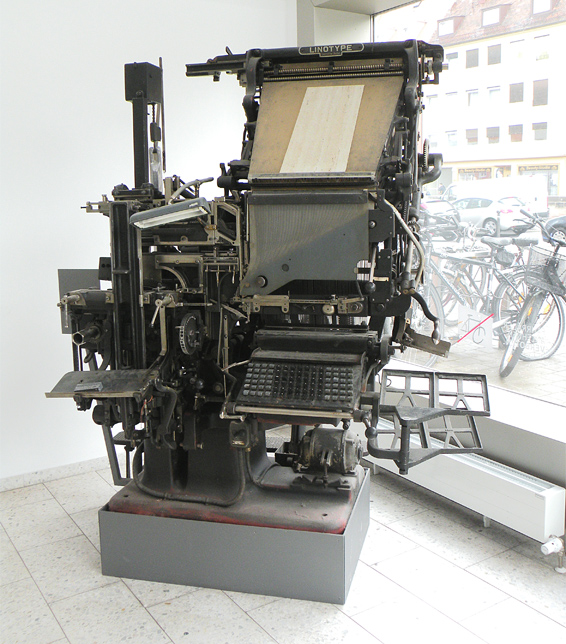Evolution of the Design Process from 60s to Now!
Before computer came along, a graphic designer’s hands had to be really steady. The level of precision required was akin to that required by a surgeon. Sharp blades, industrial glues and harmful chemical solvents, that’s what a designer had to deal with every day.
Today, we don’t find a graphic designer with cuts on his fingers. Computer aided design has changed everything. It has drastically reduced the number of hours and the number of people required to complete a design project.
Let’s take a look at the changing phases of design process from 60s to Now!.
No undo

Today, when a designer draws an extra line or two or sprays paint in the wrong place, he is rescued by the undo button, Ctrl-Z. If you made the same mistake in the 60s, it meant redoing the whole thing. Designers born in the computer age cannot imagine their life without the undo button. We can’t even begin to imagine how many hours of redoing it has saved and how many deadlines from extension.
Duplication

Designers today rarely use the tracing paper, but in the 60s a graphic designer couldn’t do without it. Also, before the design went to print, it had to go through the gigantic photostat apparatus. Today all it takes are the key combinations CTRL+ D and CTRL+ P.
Typesetting

There was a time when every type face was designed by hand. Before being able to use a font, every “diecuts” had to be made by hand, wood carving, metal casting, etc,. The Linotype machine reduced the work load quite a lot, but it was still a painstaking and tedious process. Tricky fonts had to be drawn by hand. Today, you just search for a font, buy it, download it and start typing. Hours of work shrunken to minutes.
Pen and paper

Many designers still use good ol’ pen and paper, but only in the early stages of development and sometimes for brainstorming. In the 60s, pencils and pens were used in every stage of development before colouring.
Online Subscriptions

Deviant art, Behance, tumblr are the places where designers showcase their work, hangout and find inspiration. Designers in the 60s couldn’t wait for their copies of ‘Print’, ‘Communication Arts’ or ‘I.D.’.
No Adobe

Any designer’s workstation is not complete without Adobe’s suite of design tools. Adobe’s monopoly is recognized, accepted and unchallenged. But this was not the case in 60s, when a graphic designer’s best friend used to be a T square, a fine liner and a pencil.
Portfolios

Maintaining a printed portfolio was a necessity for every artist and designer. Portfolios have now built into websites. Ironically, since every artist has a website, physical portfolios attract more attention.
Overseas Clients

In the 60s successful freelance designers were hard to come by. In the past decade, we have witnessed a new wave of freelance designers who are doing pretty well. Internet is to be thanked here.
The ability to draw!

To survive with design as a career you had to have good drawing and illustration skills. Today, with a computer at your side, you can survive with anything between a bad to an average drawing ability.
This amazing documentary gives you a view into the world of designing before digitization.







